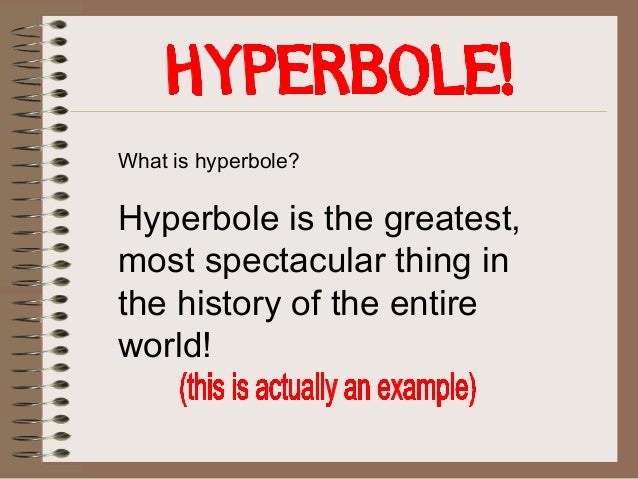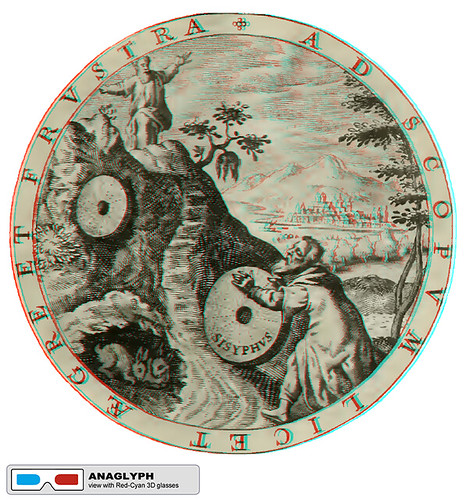While I went through the posts for this blog topic, I noticed a plethora of posts for irony. There were other popular  ones, but not many about chiasmus. As this may be my favorite literary term, I’m glad to write my post on this crafty device.
ones, but not many about chiasmus. As this may be my favorite literary term, I’m glad to write my post on this crafty device.
Chiasmus is a Greek term which translates to mean “diagonal arrangement.” Nowadays, it is used to describe two successive clauses or sentences in which the key words (or phrases) are repeated in reverse order. Chiasmus is also known as a “criss-cross” figure of speech, but nonetheless, is very effective when used properly.
Most people probably caught on to the reference in the title to John F. Kennedy’s line from his inaugural address:
” Ask not what your country can do for you
— ask what you can do for your country”.
This may be one of the more famous chiasmus segments, however there are quite others. The phrase “when the going gets tough, the tough get going” is perhaps one of the most recognizable lines in day to day life, but there are more literary examples, with three potent ones sticking out above the rest.
To begin, we go back to William Shakespeare’s era: the late 1500s. In his Richard II, Shakespeare writes:
“I wasted time,
and now time doth waste me.”
With this example, we can see how a simple term from the Ancient Greeks retained merit throughout time, so much so that one of humanity’s best writer’s (Shakespeare) incorporates it into his accredited works. But to truly follow the progression of this great device, we’ll now jump to the mid 1800s and analyze Alexandre Dumas’ famous The Three Musketeers. In his work, Dumas sings:
“All for one,
and one for all.”
This concise mantra uses chiasmus to serve as a chant. Interestingly enough, according to some sources, this powerful line now serves as the unofficial motto of Switzerland! Of course, this distinction is not achieved easily. What makes this segment so exemplary is that the chiasmus lies in simplicity. Excluding the conjunction, the two lines are mirror images of each other, with no other frivolous words to take away from its simple essence.
And now we jump forward about 100 years. Of course, there is the aforementioned example of JFK’s speech, but in a work that almost all of us have read at some point in our lives, we can find modern chiasmus in Horton Hatches the Egg by the beloved Dr. Seuss. What the previous examples have in literary merit is made up for in this work’s awesomeness and nostalgia, but I digress. In his book, Dr. Seuss preaches:
“I meant what I said,
and I said what I meant.”
Hopefully at this point, I have explained chiasmus well enough so that it is obvious in this example. Nevertheless, the power of chiasmus has been made quite evident. After writing, I find myself noticing and incorporating chiasmus in many works around me, and I hope you do the same.
Andrew Dlugan via Compfight









 ones, but not many about chiasmus. As this may be my favorite literary term, I’m glad to write my post on this crafty device.
ones, but not many about chiasmus. As this may be my favorite literary term, I’m glad to write my post on this crafty device.



